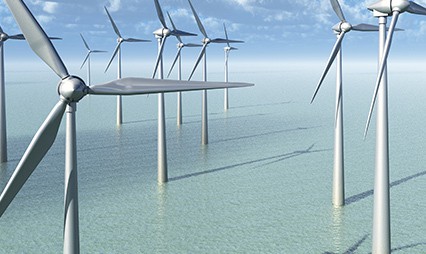Condition monitoring: a wind-wind solution
In the April-June quarter of 2015, for the first time ever, renewable energy surpassed coal in supplying the UK’s electricity. A major contributor to this impressive achievement was the wind sector. However, despite the increase in output in this quarter, there continues to be an opportunity to further improve productivity through condition monitoring.
Wind lags some way behind other sectors in terms of operating successful maintenance strategies and as a result machine downtime is not uncommon. So how can wind catch up with these other sectors? Once the decision is made to implement condition monitoring, specifying the right equipment, such as accelerometers, is essential. This can be easily achieved by working with the right equipment provider. More difficult is the analysing of data.
While in theory data analysis should be simple, in practice there are a number of reasons why it is often not completed correctly. In some cases the analyst tasked with scrutinising data doesn’t have the experience or knowledge required. In many other cases, for one reason or another the data is not actually being examined regularly or even at all. Effective condition monitoring is only achievable when data is reviewed properly, which then enables actions to be taken to repair or replace assets prior to machine failure.
Such a strategy creates significant efficiency opportunities for the wind sector which if seized could help ensure that renewable energy surpasses coal every quarter in terms of electricity production. This isn’t just good news for the environment, but also for wind turbine operators who can minimise turbine downtime, boost energy generation output and improve profitability.
